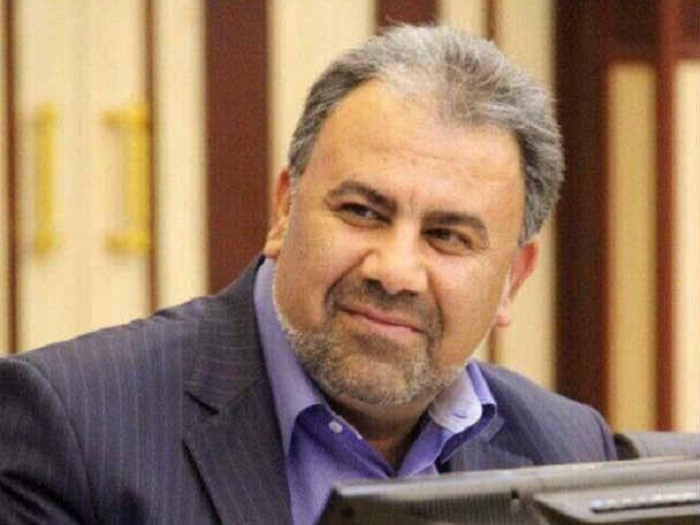Thirty percent of Isfahan's raw stones are exported

Head of Isfahan Industry, Mining and Trade Organization: About 30% of the decorative stones of this province are sold raw, while these stones must be exported to other countries after processing and creating added value.
According to the International Stone Exhibition of Iran, Iraj Movafaq stated that raw material sales is currently one of the biggest problems of the country's stone industry: Most of the mineral reserves of our country's decorative stones are exported raw.
He stated that the sale of raw materials does not bring us added value: the sale of raw stone has caused the transfer of the added value of this industry abroad, and if the processing and prevention of the sale of raw stone is considered, it will increase to five. Up to six times the value added and employment will be refunded.
The head of Isfahan Industry, Mining and Trade Organization said that one of the most important problems of the mining industry in this province is the reconstruction and non-modernization of many of these processing units, especially in the field of decorative stones, adding that miners should build and produce or import new equipment. Move the field of mineral processing, and for this they can use the facilities of the production boom plan.
He said that the products of the processing units are not of the required quality due to the age of the devices and equipment and do not have much competitive power in the global markets.
Mowaffaq pointed out: Isfahan miners should make more efforts to market and export their products.
Referring to the Supreme Leader of the Revolution's emphasis on preventing the sale of domestically produced products in various fields, he said: "The phenomenon of selling raw materials has dealt a heavy blow to the stone industry."
The head of Isfahan Industry, Mining and Trade Organization stated that the annual production capacity of Isfahan mines is forty-eight million tons, and reminded: decorative stones, gold, sand, limestone, iron ore, copper, lead and zinc are the most important products. And the production of mines in this province is considered.
He pointed out: Isfahan, as one of the provinces with high mineral capacities in the country, has about eight hundred and forty mines in operation with an investment of more than ten thousand billion rials, of which nearly four hundred units are decorative stones.
Mowaffaq stated that last year, one hundred and forty-one billion rials of government mining rights were collected in this province, adding: Isfahan is at the top of the provinces in terms of the number of active mines, but in terms of government rights, it is ranked fourth in the country.
Government rights are government revenues derived from the extraction, exploitation, and extraction of any unit of matter or minerals.
He continued by stating that in 1397, two hundred and thirty billion rials of government mining rights were collected from Isfahan province and deposited in the country's treasury: Generalized amounts of government mining rights collected for mining projects, roads and infrastructure of the mining sector will be spent.
The head of Isfahan's Industry, Mining and Trade Organization added: "Last year, thirty-five exploration licenses were discovered, twenty-nine certificates were discovered and twenty-eight exploitation licenses were issued in the mining sector of this province."
Isfahan province is one of the mining hubs and related industries in the country and has eight hundred and forty mines with employment of eight thousand nine hundred and ninety-one people.
Isfahan's share in the country's industry is 11 percent, investment is 10 percent and industrial employment is 8 percent.
* IRNA










